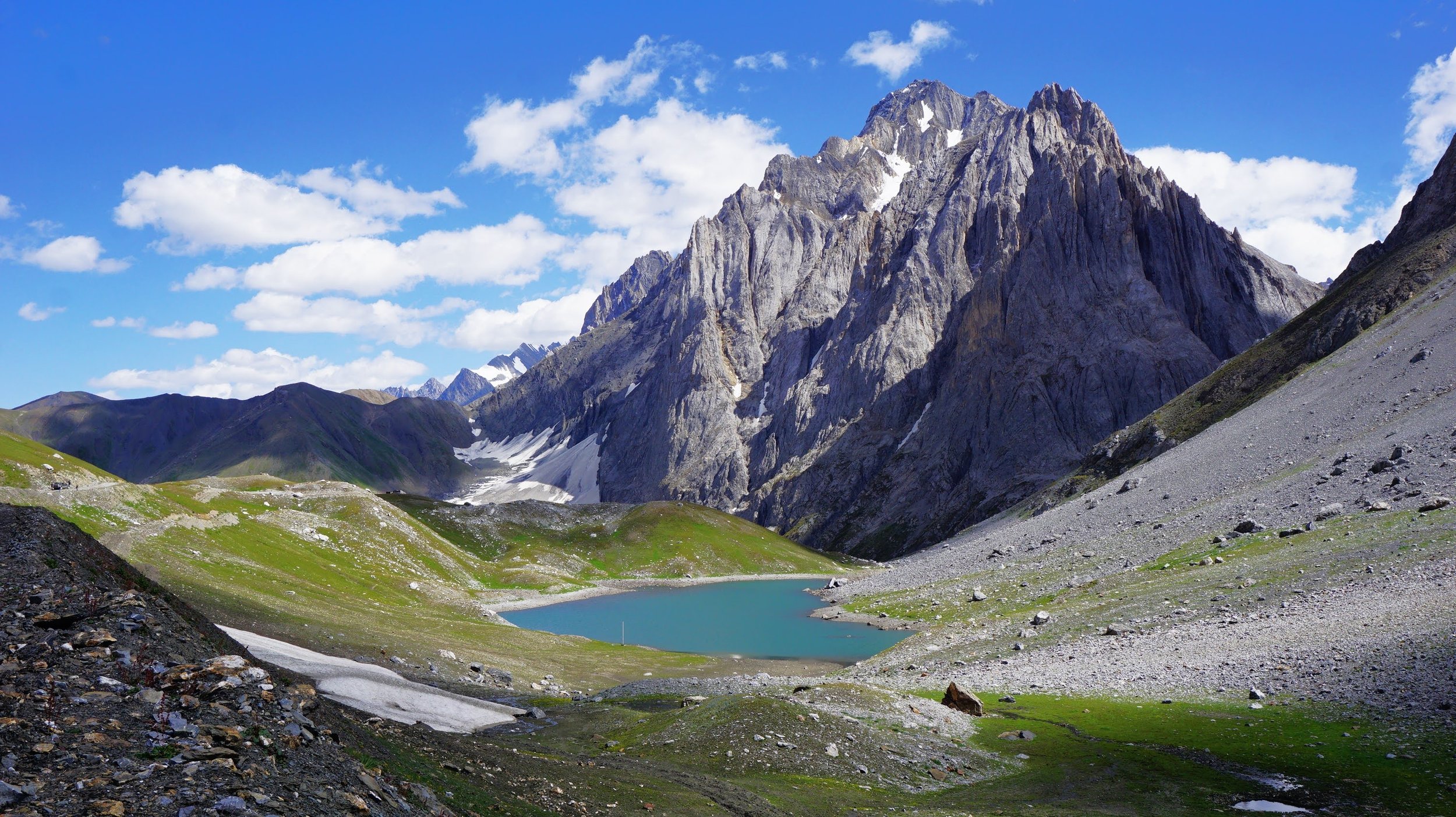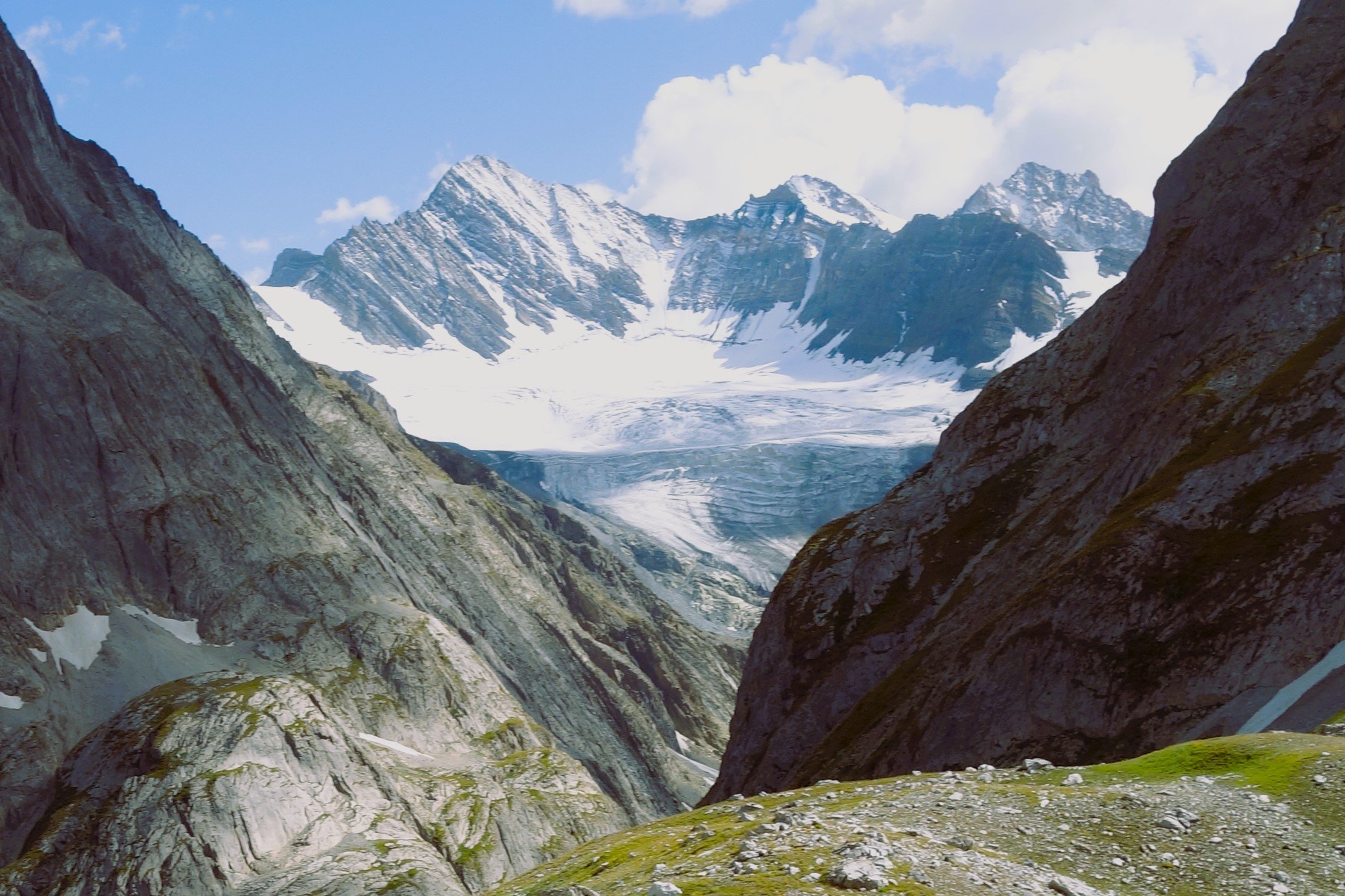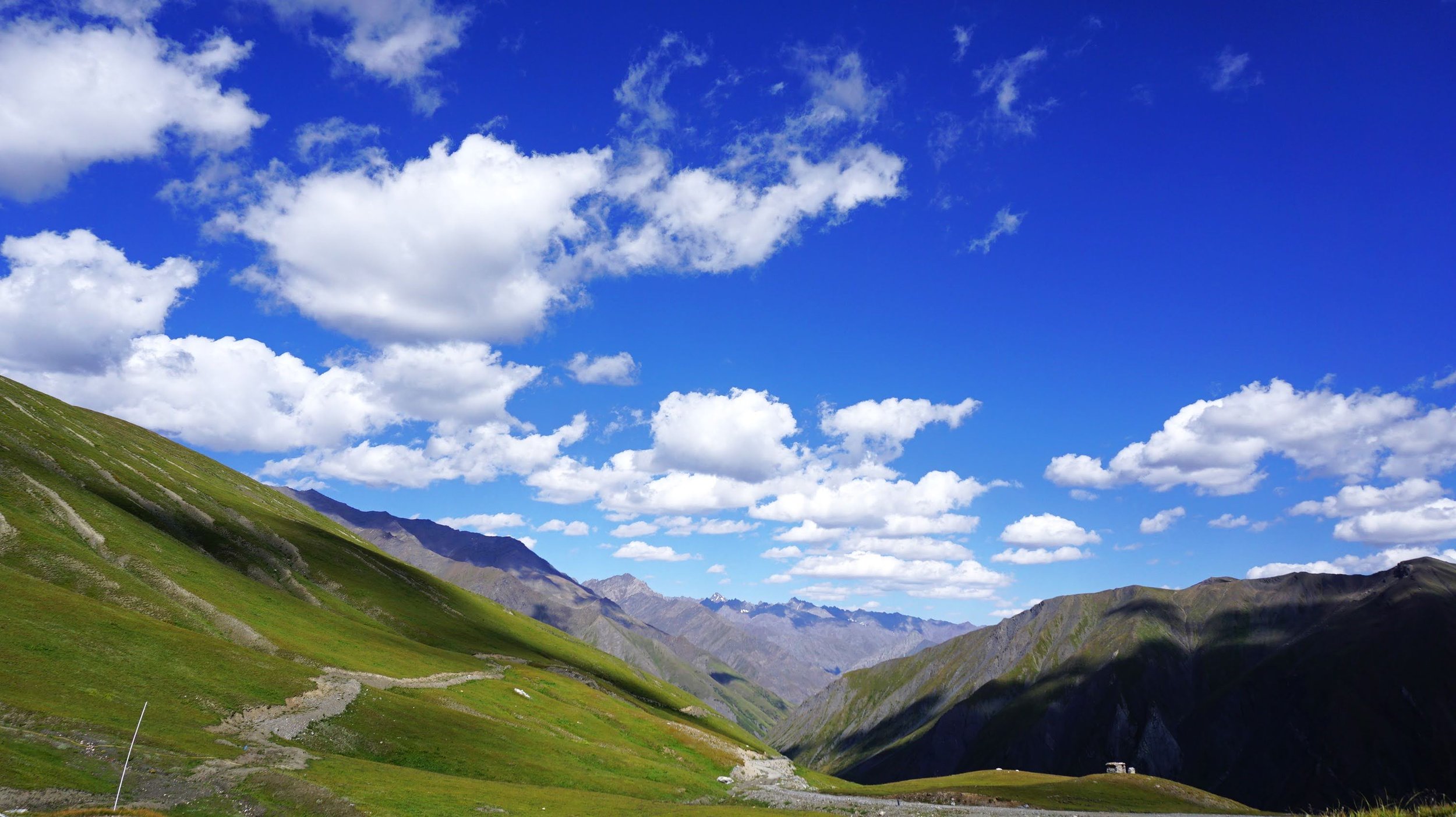The Great Himalayan Range is a formidable barrier with its monumental Mountains but Humans for centuries have endured to cross this Range to go beyond this Range into Ladakh and Tibet and beyond into Central Asia.
In the Western Himalayas there were a series of Passes which were used the cross this Great Mountain barrier with the main ones starting from the East were the Parang La which connected Ladakh with Spiti, the Baralacha La which connected Lahaul with Ladakh, the Sinku La which connected Lahaul with Zanskar in Ladakh, and then a series of difficult Passes which connected Padar in Kishtwar with Zanskar in Ladakh like the Umas La, Poat La and Hagshu La.
The Kaobal Glacier
Moving further West we again had a series of Passes which connected Warwan in like the Bhotkol Pass / Lonvilad Gali. And then we had the one of the lowest but one of the most notorious Passes over the Great Himalayan Range, the Zoji La. And then the last one is mostly unknown Kaobal Gali which connected the Tulail Valley in Gurez with the Mushkoh Valley in Drass in Ladakh.
The Pass stands at an Elevation of 4167 metres (app 13600 ft) on the main Great Himalayan Range has traditionally connected the Tulail and Gurez Valleys with the Mushkoh Valley in the Drass Region. Interestingly people on both sides of the Pass are Shina and speak Shina language just like their fellow Dardic Shina people in Gilgit. This is a peculiarity as usually when you cross a Pass on the Great Himalayan Range the Culture Language and People change.
Closer View of the Kaobal Sar also known as the Draupadi Kund
Another factor which makes this Pass different in todays context is that it lies at a very sensitive position along the Line of Control and on one side is the Mushkoh Valley which had seen a lot of Military action during the Kargil War. As a result of this Pass is strictly off limits to all Civilians and till date very few Civilians have been allowed to visit this Pass and recently we were among the lucky few who have got access to the Pass.
The Pass itself is set in a spectacular location. The Kaobal Peak and the Kaobal Glacier loom over the Pass and there is a beautiful Alpine Lake at the foot of the Pass called the Kaobal Sar but also more commonly referred to as the Draupadi Kund. The setting of the Lake is so beautiful that you cant help but give it a celestial connection. On one side are the Greens of Tulail and on the other side are the Trans Himalayan browns of Mushkoh in Drass. The Contrast is quite stunning.
The Tulail Gurez side of the Pass
The Pass also marks the Border between the Union Territory of Jammu and Kashmir and Ladakh. At the time we were there we had gone from the Tulail side and had initially planned to descend the other side of the Pass into Drass but that was not to be as there was a Landslide on the other side and the Road was shut for all kinds of traffic. Also the Road onwards from Chakwali Village which is the last Village on the Jammu and Kashmir side is extremely Rough and can only be attempted in clear Weather with proper 4x4 Vehicle.
The Drass side of the Pass
There was a recent Report that the Government is planning to open the Road from Gurez to Drass via Kaobal Gali to Tourists at some point in future. So hopefully one day a controlled number of Tourists will get access to this absolute Gem of the Himalayas.





